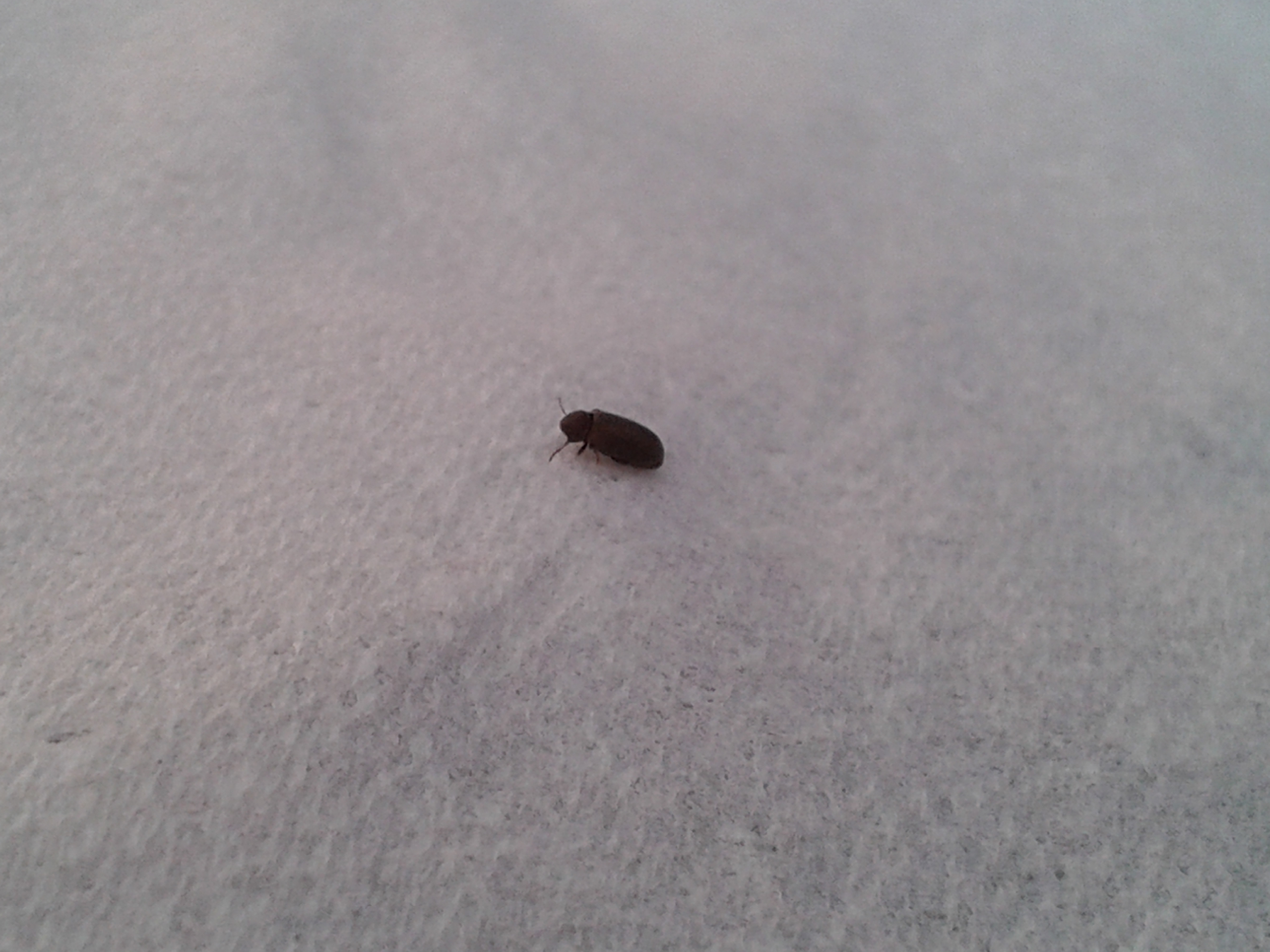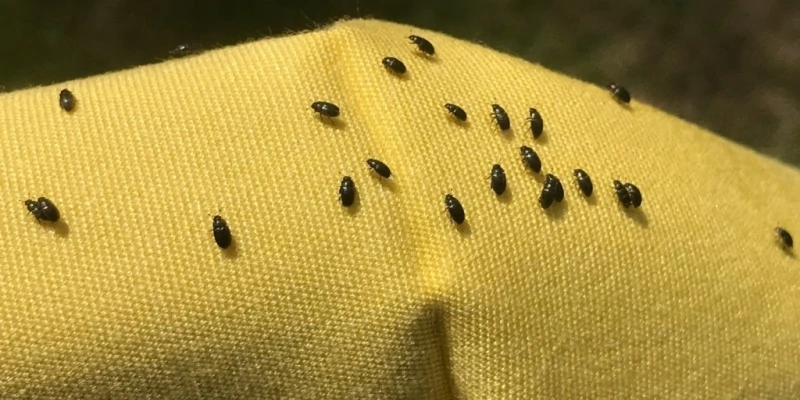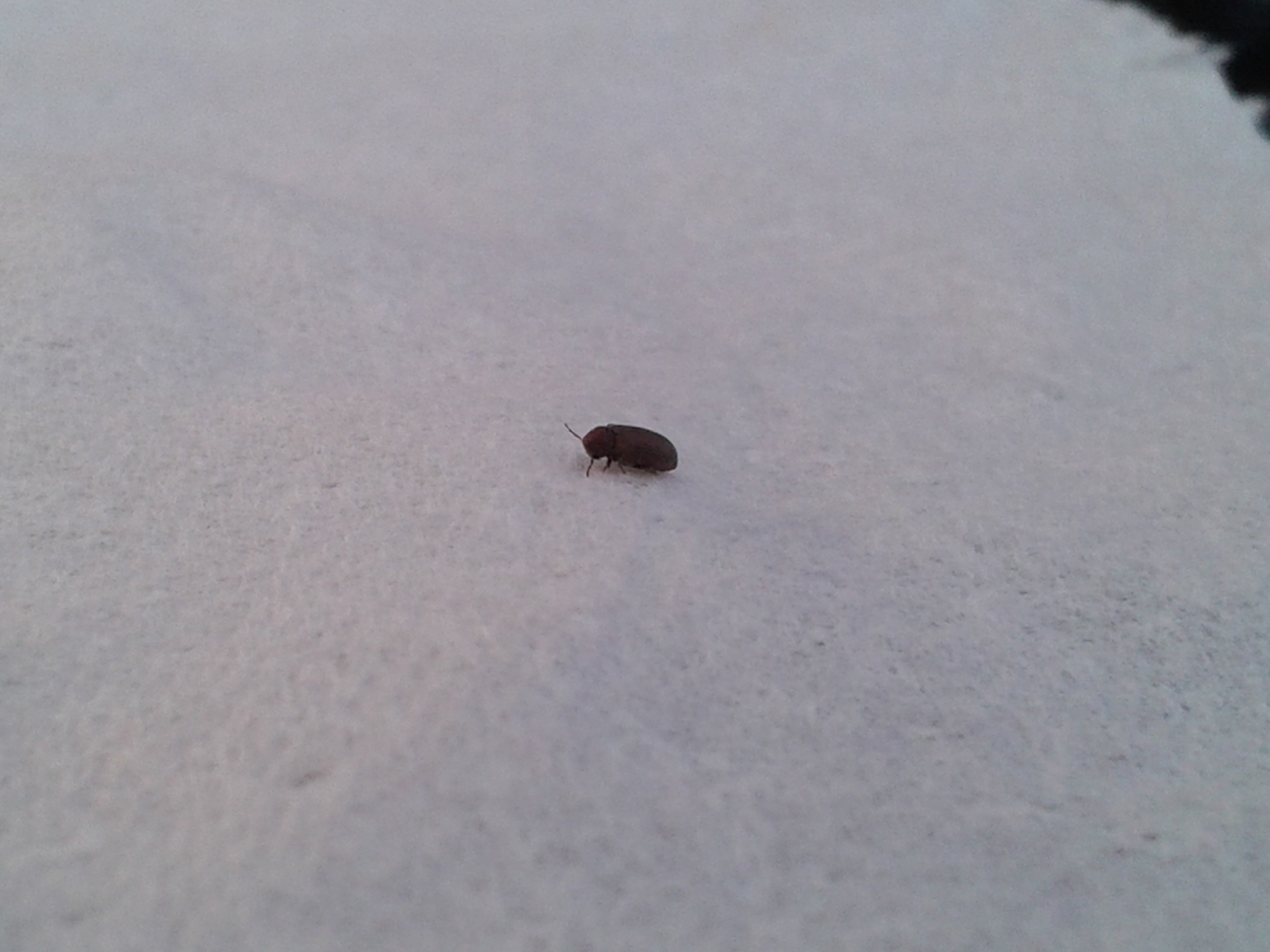Identifying the Culprit

Yo, so you’ve got these tiny bugs in your room, and you’re trying to figure out what they are, right? It’s super annoying, I know. But don’t worry, we’re gonna break it down and get you back to chilling in a bug-free zone.
First things first, let’s talk about the most common types of small bugs that like to crash in bedrooms. These little guys are sneaky and can be hard to spot, but once you know what to look for, you’ll be able to identify them in a flash.
Common Bedroom Bug Species
These are the usual suspects:
- Bed Bugs: These guys are the real MVPs of bedroom bug infestations. They’re small, reddish-brown, and flat, and they love to feast on your blood while you’re sleeping. They’re also super good at hiding, so you might not even notice them until you start seeing bites.
- Dust Mites: These tiny creatures are microscopic, so you’ll never see them with the naked eye. They’re found in dust and feed on dead skin cells. They can cause allergies and asthma, so it’s important to keep your bedroom clean and dust-free.
- Carpet Beetles: These beetles are about the size of a grain of rice and have a reddish-brown color. They like to munch on carpets, clothing, and other fabrics. They can also cause allergies, so it’s best to get rid of them ASAP.
- Booklice: These tiny bugs are pale and wingless, and they look like tiny grains of rice. They love to hang out in books, papers, and other damp places. They’re not known to bite, but they can cause damage to your belongings.
- Silverfish: These silver-colored bugs are about half an inch long and have a long, slender body. They’re attracted to damp places and feed on paper, starch, and other organic materials. They can cause damage to your books and other belongings.
Factors Attracting Bugs to Bedrooms
So, why do these bugs like to chill in bedrooms? Well, it’s all about the food, the warmth, and the moisture.
- Food Sources: Bed bugs feed on blood, dust mites feed on dead skin cells, carpet beetles feed on fabrics, booklice feed on paper and starch, and silverfish feed on paper, starch, and other organic materials. So, it’s no surprise that bedrooms are a buffet for these little guys.
- Warmth: Bedrooms are usually warm and cozy, which is a big plus for bugs. They like to stay warm and snug, and your bedroom provides the perfect environment.
- Moisture: Moisture is another big draw for bugs. Bathrooms, kitchens, and laundry rooms are prime bug hangouts, and bedrooms can be a breeding ground for moisture if they’re not properly ventilated.
Understanding the Impact: Very Small Bugs In Bedroom

Yo, so you’ve found some tiny bugs in your bedroom, and you’re wondering what the big deal is. Well, these little critters can cause some serious trouble, especially if you don’t deal with them right away. They can impact your health, your stuff, and even your peace of mind.
Health Risks
These little guys can be a real pain in the neck, especially when it comes to your health. Some common bedroom bugs, like dust mites and bed bugs, can trigger allergies and cause skin reactions. They can also carry diseases, although that’s not as common.
- Allergies: Dust mites are the biggest allergy culprits. They feed on dead skin cells and can trigger asthma, eczema, and other allergic reactions.
- Bites: Bed bugs are notorious for their itchy bites. These bites can cause red, swollen welts that can take weeks to heal. In some cases, they can even lead to secondary infections.
- Diseases: While rare, some bugs can carry diseases. For example, cockroaches can carry bacteria that can cause food poisoning.
Preventing the Spread
Here’s the thing: the best way to deal with these bugs is to prevent them from getting into your bedroom in the first place.
- Cleanliness: Regular cleaning is key. Vacuum and dust frequently, especially under beds and in corners. Wash your bedding in hot water and dry it on high heat to kill dust mites and bed bugs.
- Storage: Store clothes and other belongings in sealed containers to prevent bugs from getting in.
- Sealing: Seal cracks and crevices in your walls and floors to keep bugs out.
- Pest Control: If you’re dealing with a serious infestation, you may need to call in a professional pest control company.
Damage to Belongings
These little guys aren’t just bad for your health, they can also wreck your stuff. Some bugs, like clothes moths and carpet beetles, can damage your clothes, furniture, and other belongings.
- Clothes Moths: These critters love to munch on wool, silk, and other natural fibers. They can leave holes in your clothes and other fabrics.
- Carpet Beetles: These beetles can damage carpets, rugs, and upholstery. They can also eat natural fibers like wool and silk.
- Silverfish: These creepy crawlies love to eat paper, book bindings, and even wallpaper. They can also damage fabrics and other materials.
Effective Solutions

Yo, so you’ve got these tiny bugs in your room, and you’re like, “What’s up with that?” Don’t worry, fam, we’re gonna get rid of them. Here’s the lowdown on how to kick those creepy crawlies to the curb.
Cleaning and Sealing, Very small bugs in bedroom
Cleaning is key to getting rid of those pesky bugs. These little dudes love crumbs and dust, so it’s important to keep your room tidy. Here’s what you gotta do:
- Vacuum Regularly: Hit those carpets and rugs hard with your vacuum cleaner. Don’t forget to clean under furniture and along the walls.
- Wash Bedding: Wash your sheets, blankets, and pillowcases in hot water every week. This kills any bugs that might be hiding in your bedding.
- Clean Surfaces: Wipe down all surfaces in your room with a damp cloth. Pay attention to windowsills, baseboards, and furniture.
- Seal Cracks and Crevices: Bugs can sneak in through tiny cracks and crevices in your walls and floors. Use caulk or sealant to fill any gaps you find.
Natural Remedies
Yo, sometimes you wanna go the natural route, right? Here are some effective natural remedies to repel or eliminate bugs:
- Essential Oils: Certain essential oils, like peppermint, lavender, and tea tree, are known to repel bugs. Mix a few drops of oil with water and spray it around your room.
- Diatomaceous Earth: This is a fine powder made from fossilized algae. It’s non-toxic to humans and pets but deadly to bugs. Sprinkle it around your room, especially in areas where you see bugs.
- Vinegar: Vinegar is a natural disinfectant and can help to repel bugs. Mix equal parts vinegar and water and spray it around your room.
- Bay Leaves: Place bay leaves around your room to deter bugs.
Pest Control
If natural remedies don’t work, you might need to call in the big guns. Here are some pest control methods:
- Insecticides: You can find a variety of insecticides at your local hardware store. Be sure to follow the directions carefully and use them in a well-ventilated area.
- Bug Bombs: Bug bombs are a quick and easy way to get rid of bugs. But they can be dangerous if used incorrectly. Always follow the instructions carefully and evacuate your room for the recommended time.
- Professional Pest Control: If you have a severe infestation, you may want to call a professional pest control company. They have the experience and equipment to effectively eliminate bugs.
Preventing Future Infestations
Yo, the best way to deal with bugs is to prevent them from coming back in the first place. Here are some tips:
- Keep Food Sealed: Store all food in airtight containers. This will prevent bugs from being attracted to your food.
- Clean Up Spills Immediately: Don’t let spills sit around for too long. Bugs are attracted to food and drink spills.
- Fix Leaks: Repair any leaks in your plumbing. Bugs are attracted to moisture.
- Keep Trash Sealed: Keep your trash cans sealed and take out the trash regularly.
- Seal Entry Points: Inspect your windows and doors for cracks and gaps. Seal them with caulk or weather stripping to prevent bugs from entering.
Very small bugs in bedroom – The presence of very small bugs in a bedroom can be a source of discomfort and concern, prompting a thorough investigation into potential sources of infestation. While a navy blue colour scheme bedroom, as seen in this design guide , may offer a serene and sophisticated ambiance, it’s crucial to remember that aesthetics should not overshadow the importance of maintaining a pest-free environment.
A comprehensive approach to pest control, including identifying entry points and addressing potential food sources, is essential to ensure a restful and hygienic sleeping space.
The presence of very small bugs in a bedroom can be a source of significant discomfort and concern. While the aesthetic appeal of a red and blue bedroom might be appealing, it is crucial to address the underlying issue of insect infestation.
A thorough inspection of the bedroom, including cracks and crevices, should be conducted to identify the source of the infestation. Appropriate measures, such as sealing entry points and employing pest control methods, should be implemented to eradicate the bugs and prevent future infestations.
